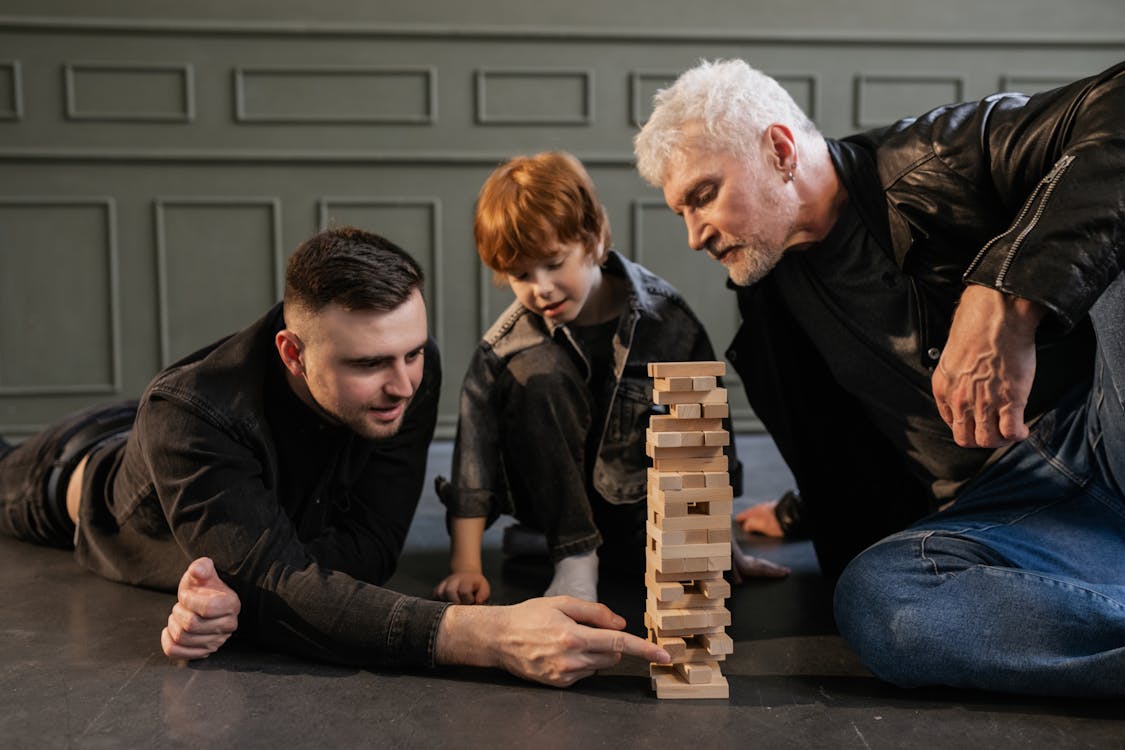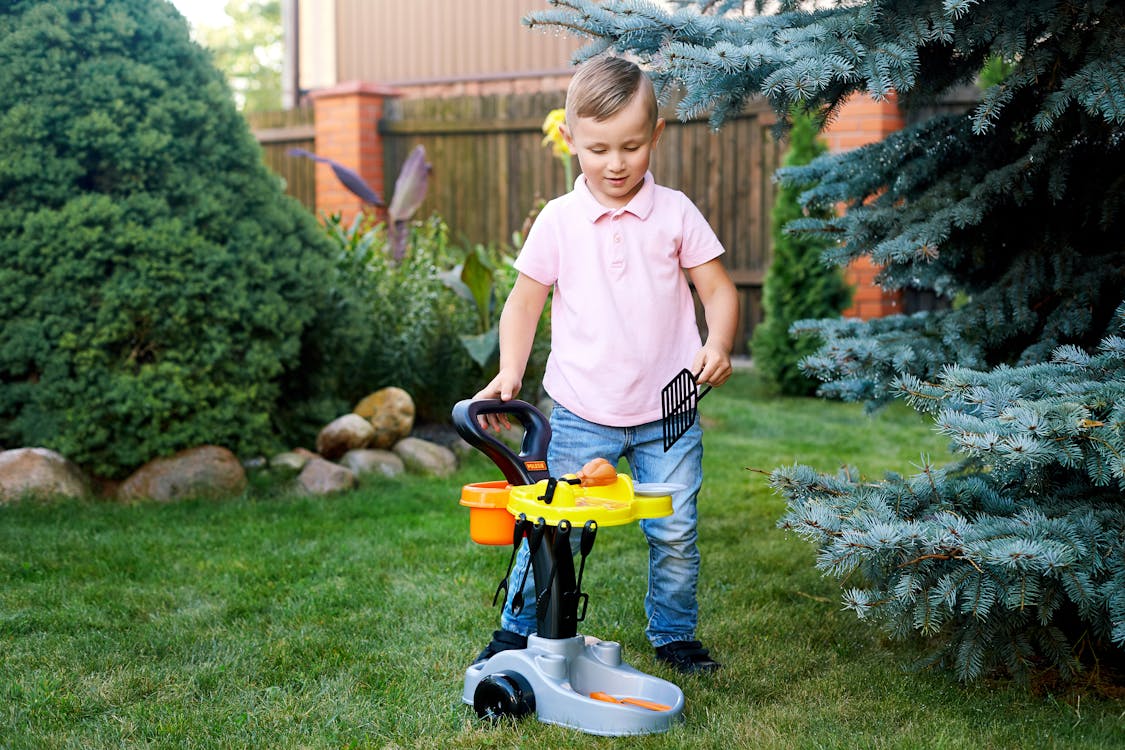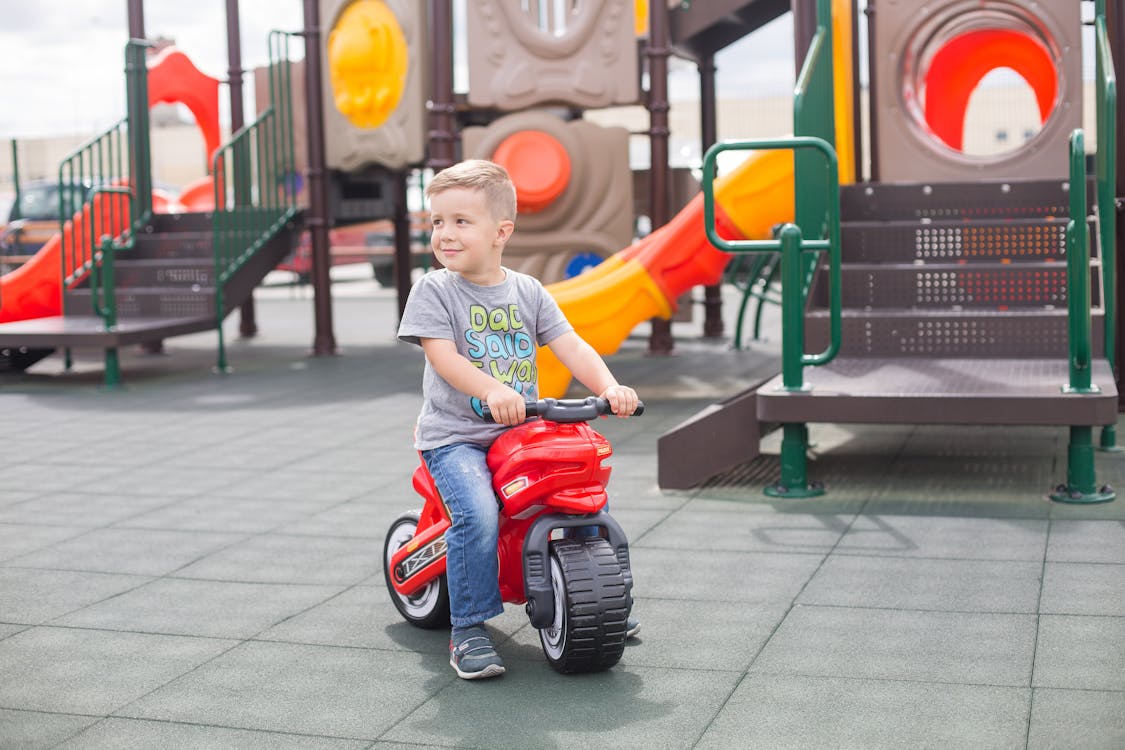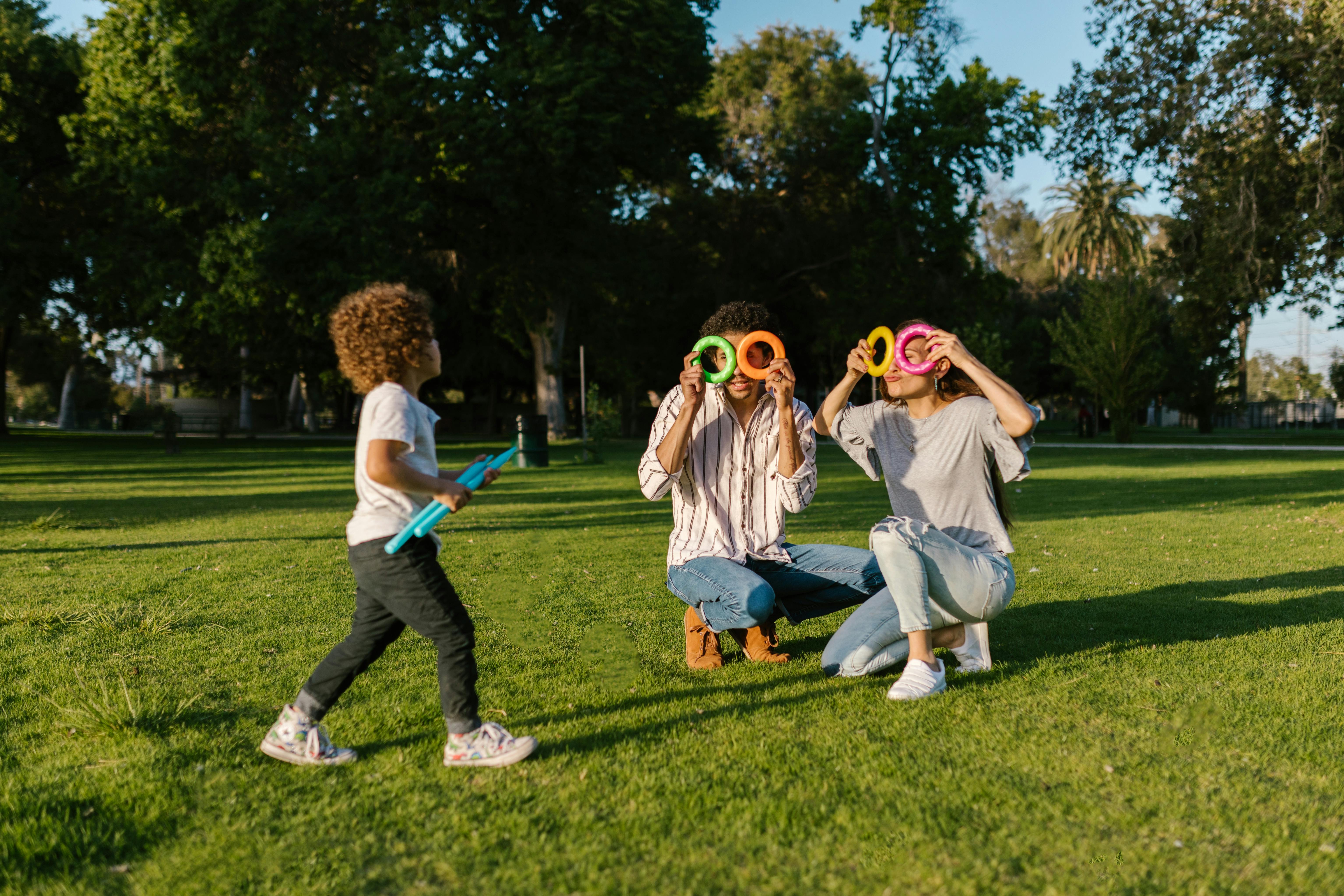It is true that children learn more through activities. When there is a growing child at home, we do several things to help them learn about the world. If we say apple, our kids must get an image of an apple in their mind, a red-coloured sphere-shaped sweet fruit. The idea is to get a concrete understanding of the abstract concept. That’s what is fulfilled through play-based learning. In the twenty-first century, when most parents have only one child, we are more concerned with our child’s upbringing.
Earlier, parents were not that much bothered about their kids upbringing and the kind of education they should be provided. But in this modern era, we don’t want to overburden our kids with studies; instead, we want them to enjoy the journey of studies.
Pre-schools which are infused with play-based learning are our first preference. The moment we start searching for schools for our little munchkins, learning through activity is what we look for.
What is play-based learning?

Learning through doing is known as play-based learning. If your pre-schoolers are creating pictures using their thumbs or with a piece of vegetable, then you are on the right track. Pre-schools providing play-based learning are what we parents look for since we know that our little ones cannot be attracted towards letters and numbers until they are introduced to them using some activities.
Children enjoy themselves as well as learn different things at the same time. This is where their foundation is created and they grow up to be more curious about learning about knowing the world and are more confident at the same time. They can easily socialise with people without any hesitation.
The elements of play-based learning
The five important elements of play-based learning are as follows:
Self-Chosen

Children are free to choose the way they are going to play or complete a given activity. An adult is the one who only initiates the play or helps them understand what all things needs to be done, along with providing them with all the materials required for the play or activity to go on. The emphasis here is on activating the creative minds of our growing munchkins, and they are free to do whatever they want to and come up with their creativity.
For example, if children are asked to draw something, then all the required materials are provided to them so that they can draw, colour, and come up with their own imagination.
Enjoyable

Children are interested in only those activities which they enjoy doing. Any activity which may seem to be enjoyable to us might not be enjoyable to them. This is why, in activity-based learning, a child is only provided with the materials and not told what they need to create out of them. They are left to create something according to their own imagination.
For example, building blocks are something that helps a child to think and come up with their own creative ideas. This is why they are provided with the blocks, or Legos, but are not asked to come up with a particular pattern. Such activities help them to learn about shapes, which are truly abstract for them.
Unstructured

Anything without rules is unstructured. If children are left to play, they can come up with their own ideas for playing something without feeling any hesitation or shyness about it. Children are left free to make mistakes and then come to the solution using their own trial and error method.
Process oriented

If children are not bothered about the result, they will enjoy the process. This gives them an opportunity to explore in a deep manner and connect with their creative ideas. If the process of creation is enjoyed, then, of course, the end result will be good.
Make believe

Through all the activities or plays which are conducted in a play-based learning process the aim is to make a child believe that everything is possible. When they come out with their imaginations, with their creative ideas they become more curious to learn. Also, we all know that playing is very important for kids as they help them in their growth and development process. At the beginning only if their base can be created then their foundation is created to be more creative and socialize easily with others thus they grow up to be more confident. And that is what, we want to instil in our small kids.
Conclusion
Learning is not a process of memorizing and over burdening our kids with studies but to develop a skill to face a problem with confidence and look for its solution. It is to come to the conclusion using various trial and error method. It is to be curious to explore the world and come out with their own creativity to help the world grow.


